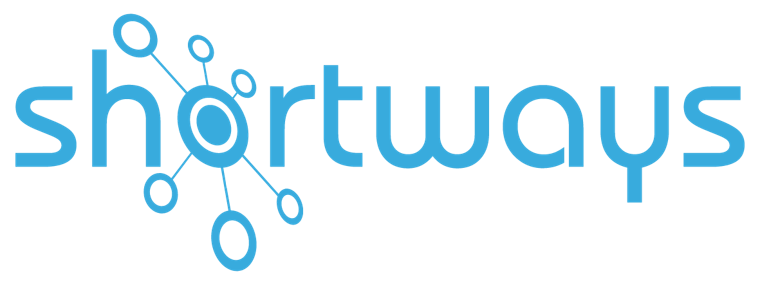How to manage my DAP? Dashboards and statistics
That’s it; now you know:
- What a DAP is,
- DAP features,
- DAP uses,
- You know how it is integrated with your application
- And how create content
(for a refresher, you can click on the links to the articles! 😊)
By now, you are probably interested in getting numerical feedback data about the use of your DAP… you can use this data to boost effectiveness and make any management adjustments that might be necessary. Here’s how:
1. Analyze usage

First of all, thanks to the Shortways Assistant, you can, as an administrator, access 2 additional features:
- Content-creation studio
- Dashboards and usage statistics
What can be measured in Shortways?
In your Administrator area, you will have access to figures, tables and graphs on all the content you have created.
You can filter this data by:
- Application, if you deploy Shortways Assistant on several applications at the same time within your company: measure the use of the Assistant on the ERM or Oracle HCM.
- Date: to measure usage over a customizable data range, including:
– to date, for an overview: number of interactions with the Assistant since its integration to ascertain the reach and saliency of your content;
– by month, quarter, year,…: measure user commitment on features related to annual campaigns, or to determine the recurring needs of teams by observing patterns or seasonality and adapt your training programs for future onboardings.
- Type of feature: compare which type of functionality is most/least used
- Feature: which help or step-by-step is most (re)played and where there is a real need for training
Sample data:
Among these data, you will be able to refine your analysis from a macro vision to a micro vision:
- Number of interactions with the Assistant
- Number of users
- Number of interactions per user
- Percentage of results to queries
- Top 20 played content
- Top 20 searched content
- Number of times the “Manage salaries” step-by-step has been played
- Click-through rate on my notification bubble “Annual performance reviews ending in 6 days”
- …
Why study usage data?
We need to consider this data for several reasons:
- to make sure that the users have embraced the Assistant, that they actually use it, and that it is reaching the right profiles
- to make sure that you are achieving your goals: a good understanding of business training needs combined with an optimized creation of content, good-quality communication and democratization of the use of the assistant… all this is the guarantee of a reliable and perennial transformation and digital adoption of your application
- to make informed decisions as to which content should be maintained, and which ones should be favored because they are most adopted by users
2. Analyze any problems that may persist
– Collecting qualitative data:
Above and beyond the quantitative data as per dashboards and statistics, it is always essential to request user feedback, in order to collect qualitative data specific to the assistant in your environment.
– Compare support workload before/after:
Also, you should measure the change in the number of requests received by the Help desk and the managers that they can potentially continue to receive from the users, despite the contents available on the assistant:
- Are these requests recurring?
- Do distinct themes emerge?
- Are these requests for training already addressed by the content?
- Is the content sufficiently clear? And is there enough of it?
- Is it possible to create content about this topic that could address a shortfall? And does it make sense to create content on these topics?
💡Are you giving the employees of your company enough information about the help features available from Assistant? Fast and easy to use, giving users answers to their questions in just a few clicks… without having to solicit the Help desk…. all while staying on their current screen (self-help)!
GDPR compliance
Even though usage data is collected, our Assistant complies with data protection requirements:
- Concerning the use of the Assistant: all usage data collected is by default anonymized, in order to have only general usage statistics. In other words, data cannot be filtered by employee via his/her personal data (filtering by user number and not by email address for example).
- The integration of our digital adoption platform is not intrusive: we do not require access to your internal database to use it. The Shortways Assistant is a component added to your application… it is not a complementary add-on.
- No collection of business or personal data: when you run step-by-step guides, we do not collect the personal data entered in the process step fields… we only retain the number of times the step-by-step has been run.
Measuring and monitoring your digital adoption platform is therefore essential to make sure that your users are making good use of it, and to continuously tweak it to maximize its potential, and thus obtain the expected gains in terms of training and user support:
- What works best for my users?
- What else do I need to improve to continue to reduce user demands (on the Help desk) and my costs?
Contact us for more information!
👉 To read our other tips & tricks, click on the link!





